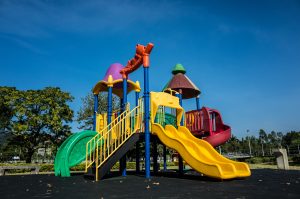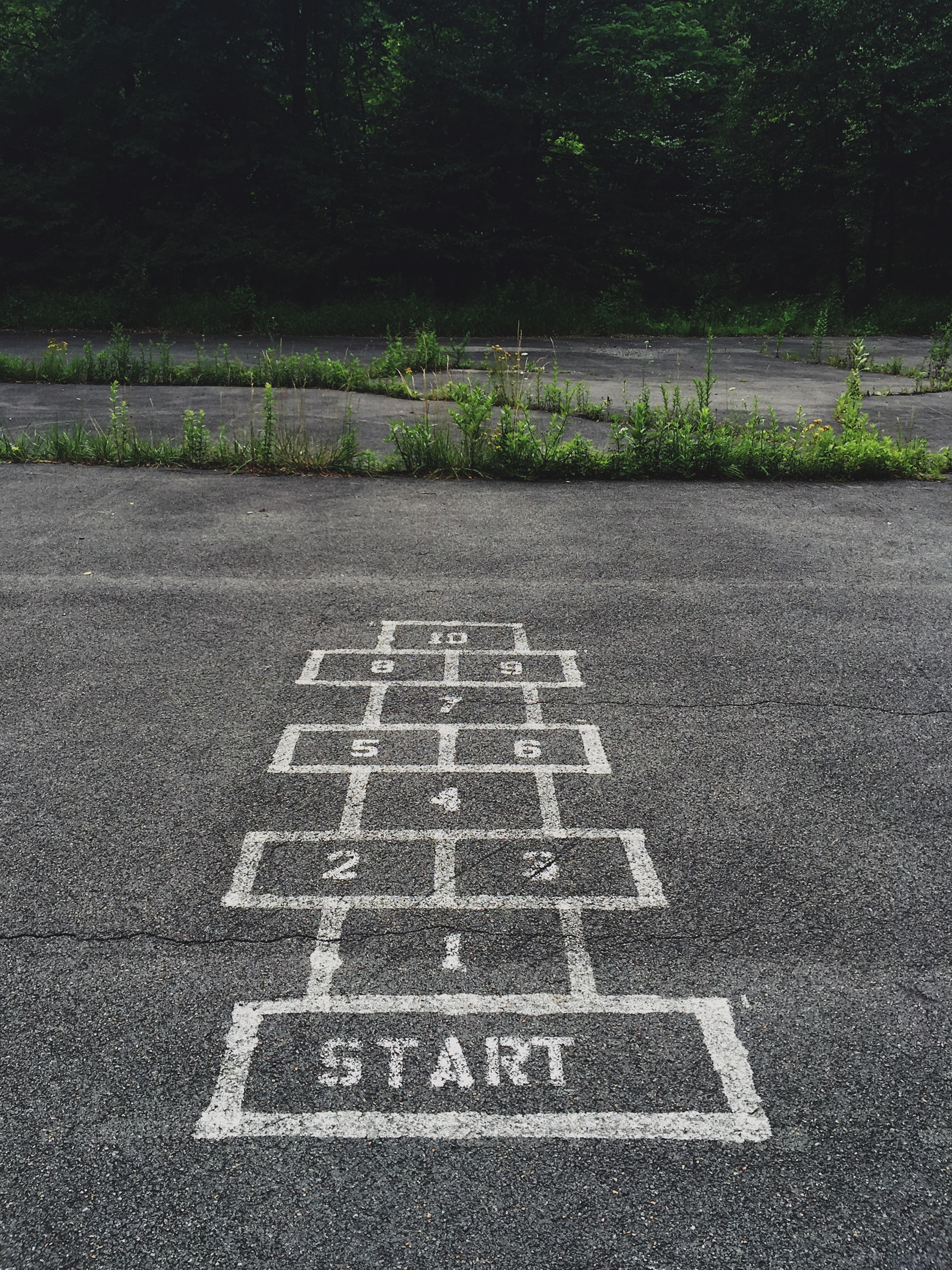Denver is seeking to undo years of inequity by bringing parks and other amenities to underprivileged areas.
If one takes a look at the landscape of the United States, it becomes evident that green space, including public and private parks, soccer fields and the like, as well as recreational hangouts, have historically been positioned near White neighborhoods. That’s why Denver, Colorado has taken the initiative to change this in an effort to eliminate inequity. The city plans to spend tens of millions it has received as part of a new budget to purchase the land needed for new parks, playgrounds and rec centers, and planting trees and shrubbery in areas that seem to have been forgotten. Municipalities are behind determining what add-ons to incorporate and where, and the city is attempting to rectify discriminatory planning from the get-go.
“Trees are a lifesaving device in cities, especially in a warming climate,” said Jad Daley, president of American Forests, a nonprofit conservation group. “It’s a moral imperative that every neighborhood has them.”
However, there’s more to consider than just beautifying sparce areas of the city, including the disadvantaged areas of north Denver. Residents are concerned that adding too much pizazz will attract wealth and will, in turn, increase their property values and taxes to the point that they can no longer afford to live there. Essentially, instead of correcting inequity, they feel it will only deepen the divide.

“It’s always just felt more like it’s a whole front,” said Alfonso Espino, a community activist, of the initiative. “Not for us, you know. It’s for the people that are coming.”
Candi CdeBaca, a councilwoman representing downtown Denver and the northern Latino area where she lives, added, “Every opportunity that Denver has to earn or build trust with the community, they then squander it. I don’t think that we’re on the right path to greening the area.” One of the main problems is the proposed budget doesn’t state exactly where each of these add-ons will be allocated.
“They mentioned the word equity, but it’s not saying, ‘At least 50 percent of the money, it needs to go to neighborhoods that meet parameters, A, B and C,’” said Alessandro Rigolon, an assistant professor of city planning at the University of Utah, speaking of Denver’s budget. Without those benchmarks funding often goes to wealthy white homeowners, who tend to have the largest presence at community meetings.”
Other city officials claim to see things differently and are defending their stance. “They’ve been neglected for so long,” said Scott Gilmore, the city’s deputy manager of parks, of the northern neighborhoods. “They’ve been the dumping grounds for the city, and in the past 10 to 25 years, everyone comes in and wants to fix it.” He added, “I want to build beautiful parks for all our residents. So, am I supposed to say, ‘We shouldn’t improve that park in that low-income area because it could gentrify’? Is that right? Do lower socioeconomic neighborhoods or communities of color not deserve parks?”
Gilmore added that park projects can take up to a decade from the initial planning stages to roll out. The entire climate of Denver can change significantly in that amount of time. “By the time we get something in motion, a neighborhood could be changing right in front of our eyes,” he said.
Sources:
Denver Wants to Fix a Legacy of Environmental Racism
Denver is investing a bunch of its park money in underserved neighborhoods


Join the conversation!